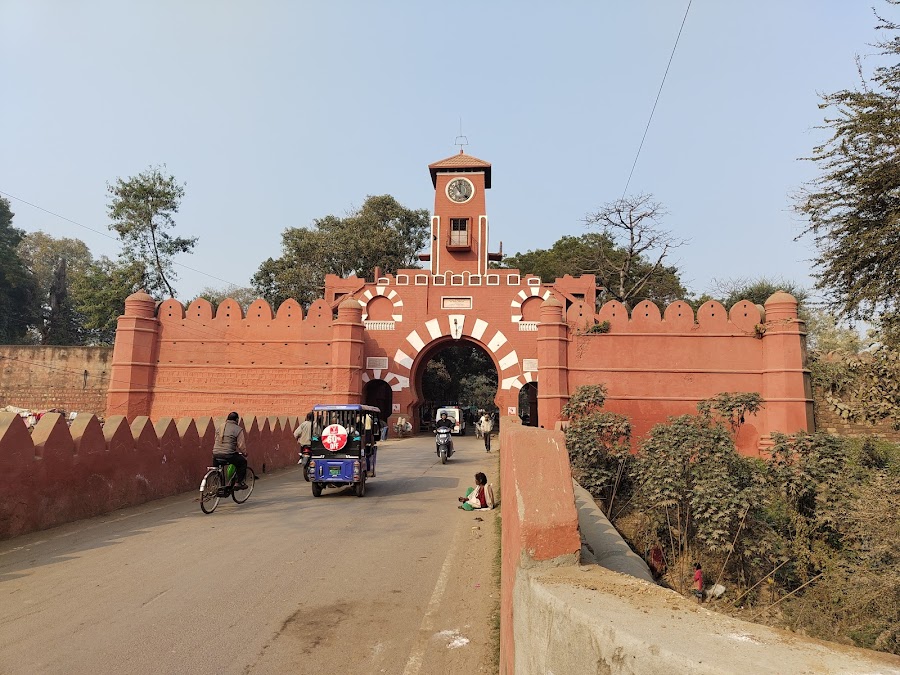
Munger Fort
Munger, India
- Explore the Shah Shuja's Palace ruins.
- Take photos of the Ganges River view.
- Visit Kashtaharini Ghat for a holy dip.
- Visit the British Cemetery inside the fort.
- Walk along the fort's massive ramparts.
Known for:
Description:
Munger Fort, a historical edifice in Munger, Bihar, India, offers a captivating glimpse into the region's rich past. Perched on a hillock overlooking the Ganges River, the fort showcases a blend of architectural styles, reflecting the influences of various rulers who controlled it over the centuries. Its massive ramparts, intricate gateways, and remnants of palaces and mosques evoke a sense of grandeur and power. Visitors can explore the fort's inner complex, which houses several notable structures, including the Shah Shuja's Palace, the British Cemetery, and the Kashtaharini Ghat. The fort provides panoramic views of the surrounding landscape, making it a photographer's delight. It is a must-visit for history buffs and those seeking a tranquil escape from the city's hustle and bustle. The fort's strategic location and historical significance make it a prominent landmark in Munger.
History:
Munger Fort's history spans several dynasties, beginning with the Mauryas and Guptas. However, its prominence rose during the Mughal era. In the 14th century, it was captured by the Delhi Sultanate. Later, it came under the control of the Mughals, with Shah Shuja, the son of Shah Jahan, residing here for a significant period. The fort witnessed a crucial phase during the British rule when it served as an important military base. Mir Qasim, the Nawab of Bengal, also used the fort as his capital for a short time, strengthening its defenses and establishing an arms factory. The British East India Company eventually gained control, further fortifying it. The fort's strategic location on the Ganges River made it a vital asset for controlling trade and transportation in the region. Today, it stands as a testament to the diverse historical forces that have shaped Munger.